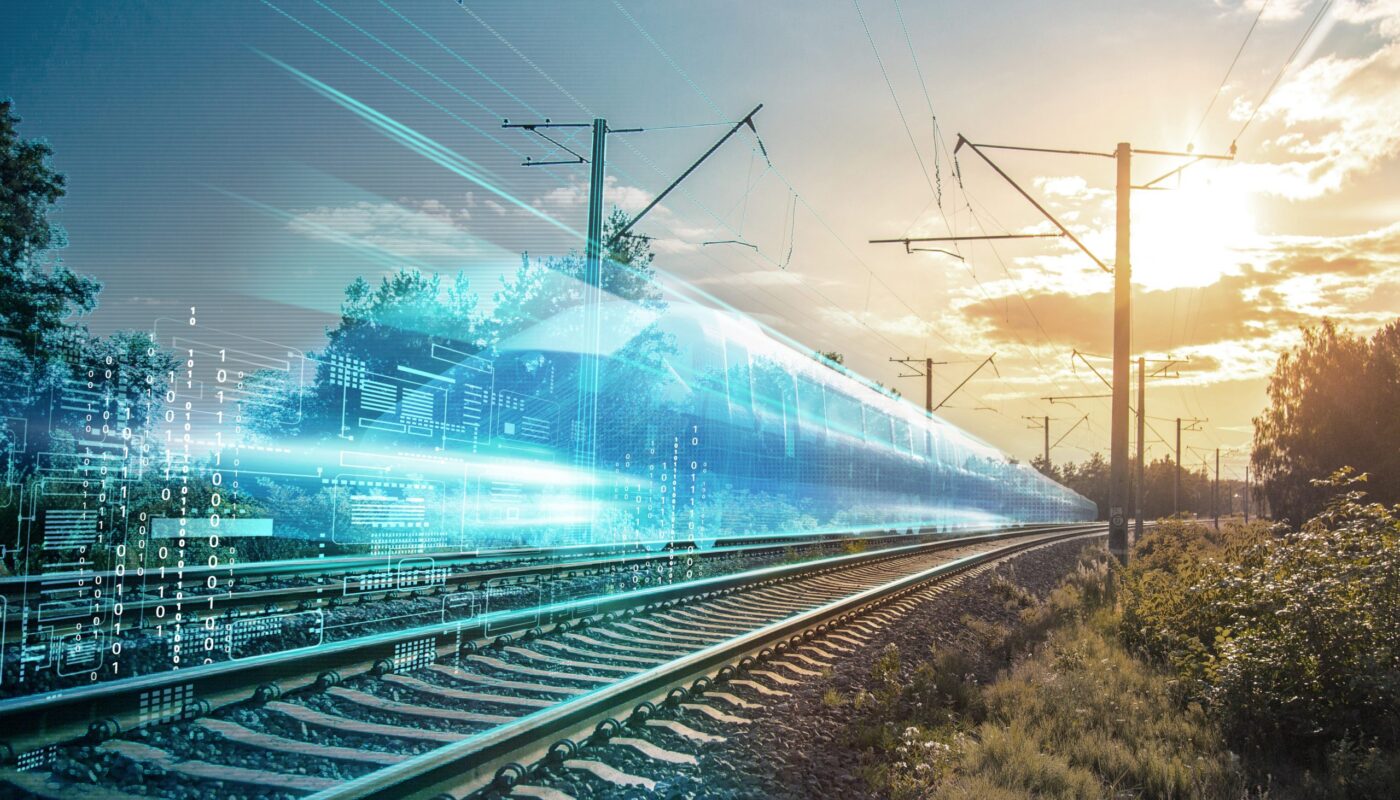The railway system is one of the most crucial modes of transportation in any country. It connects people across long distances and helps transport goods efficiently. However, for a railway system to function seamlessly, certain key components need to work together effectively behind the scenes. One such vital component is railway connectors, which link various sections of the railway network together. These connectors form the foundation on which the entire railway transportation infrastructure is built.
What are Railway Connectors?
Railway connectors, also known as railway joiners or track joints, are components used to join two ends of railway tracks. They allow for sections of railway tracks to be joined together smoothly to form a continuous stretch. There are different types of railway connectors used depending on the specific requirements – insulation joints, compromise joints, mobile flash butt welding plants etc. Insulation joints electrically isolate railway sections, compromise joints connect sections of different rail profiles, and mobile flash butt welding plants join new rail sections end-to-end on site.
Railway connectors play a pivotal role in keeping train operations running smoothly. They compensate for thermal expansion in summer and contraction in winter to prevent buckling of tracks. They also absorb minor differences in rail levels and alignments. This helps reduce impact on passengers during train rides. Connectors need to be strong enough to hold rail sections firmly in place under the weight and vibration of heavy rolling stock. At the same time, they must allow for flexibility in track movements. Striking this balance is crucial for safe and comfortable train journeys.
Maintenance of Railway Connectors
Proper maintenance of Railway Connectors is essential to ensure continued safe and reliable train operations. Regular scheduled inspections check for any damages or defects in connectors. Necessary repair and replacement works are then carried out. Maintenance activities include cleaning rust and debris, applying fresh lubrication on moving parts, tightening any loose fasteners, and conducting structural integrity tests. Early detection and resolution of connector issues helps prevent potential accidents and delays on the network.
Advanced condition monitoring technologies like ultrasonic and eddy current testing are also employed to continuously monitor connector health. These non-destructive methods can identify emerging defects invisible to the naked eye. Predictive maintenance practices aided by such monitoring enable preemptive repairs before failures occur. This minimizes disruption and improves reliability of railway operations. Periodic replacements as per design lifespan further strengthen connector reliability under heavy loading cycles. Overall, good upkeep keeps connectors functional and the railway network seamlessly connected.
Upgrades in Design and Materials
Constant technological advancements aim to develop stronger, more durable and reliable railway connectors. New joining methods like flash butt welding provide higher joint strength compared to traditional fishplated joints. They create a homogeneous rail without any discontinuities at the joint. Use of advanced metallurgy leads to development of special high tensile steel grades with higher resistance to wear and fatigue. Composite polymer sensors embedded in connectors can monitor stresses, allowing real-time damage detection even under live traffic conditions.
Latest 3D printing technologies are also being explored to custom-fabricate connectors on-site with complex geometries and material compositions. This will facilitate faster installation times. Research further focuses on using advanced materials like carbon fiber reinforced polymers to reduce connector weight and vibration. Such path breaking innovations provide solutions to challenges arising from rising traffic volumes and heavier rolling stock loads on rail networks. They help future proof railway infrastructure for greater capacity, availability and safety.
In summary, while trains draw most of the attention in railway transport, connectors play an equally vital albeit unseen role. They form the connective fabric holding the entire network seamlessly together. With trains getting faster and heavier over time, maintaining robust, resilient and smart connectors assumes ever increasing importance. Ongoing technological advancements aimed at connector enhancement will go a long way towards building railway systems with higher reliability to transport both people and cargo efficiently. Connectors indeed are the unsung force powering surface transportation worldwide.
Note:
1. Source: Coherent Market Insights, Public sources, Desk research
2. We have leveraged AI tools to mine information and compile it




